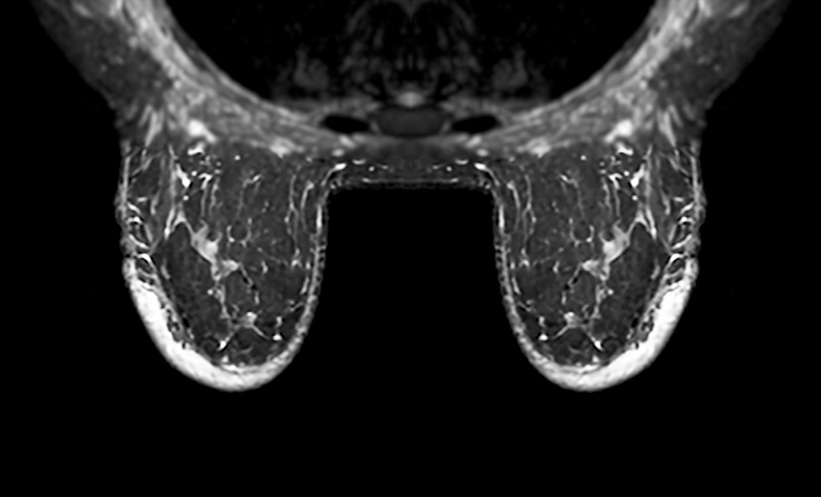BACKGROUND
The global incidence of breast cancer was 1.96 million cases in 2017, making it the third highest incident cancer.1 In Europe, breast cancer is the second most common cancer, accounting for 11.6% of cancer cases in males and females.2 Mammography screening programmes reduce the rate of advanced breast cancer,3 with some estimating a mortality reduction of 26% in Europe.4 Male breast cancer is rare: the 1993 incidence in Europe was 1 in 100,000.5 In the USA, male breast cancer has been rising from 0.96 cases per 100,000 males in 1975 to 1.32 per 100,000 in 2017.6 Because of the availability of enhanced treatment options, as well as improved detection, breast cancer mortality is falling in most European countries.7,8 Here, the authors present trends in breast cancer mortality in both males and females across Europe.
MATERIALS AND METHODS
The World Health Organization (WHO) Mortality Database was utilised to extract breast cancer mortality data, based on the International Classification of Diseases 10th revision (ICD 10), from 2001 to 2017. Twenty-four member states of the European Union (EU) and the UK were selected as a defined group for analysis. Crude mortality rates were dichotomised by sex and reported by year. The age-standardised death rates (ASDR) per 100,000 population using the World Standard Population were computed. Breast cancer mortality trends were described using Joinpoint regression analysis. In brief, Joinpoint analysis assesses the overall trends in mortality, initially with no Joinpoints, and tests for significant changes in the model with the sequential addition of Joinpoints where there are significant changes in the slope of the line. As the data source was a publically available database with no patient identifiable information, institutional review board approval was not necessary for the study.
RESULTS
Of the 25 countries analysed, five countries had data until 2017, 12 until 2016, six until 2015, and one until 2014. It was observed that mortality in females was down-trending in all countries except Croatia, France, and Poland. Among all the nations studied, most recently (2016) Croatia had the highest ASDR (19.29/100,000), whereas the lowest mortality was in Spain (12.8/100,000) (Supplementary Figure 1). Estonia had the highest estimated annual percentage change (EAPC) in female breast mortality (-9.3%). Denmark had the highest change in ASDR (+28.0% in 2000 versus +16.7% in 2015). It was observed that breast cancer mortality in males decreased in 18 countries. Among all the nations studied, Bulgaria had the highest male breast cancer mortality (0.54/100,000) in the year 2015, whereas Denmark had the greatest EAPC (-27.5%) for the years 2012–2015.
CONCLUSION
Across the 17-year study period, a decrease in breast cancer mortality in females in the majority of the countries was observed. There was substantial variation between the European nations. Breast cancer mortality in males continues to increase in a number of European countries.








